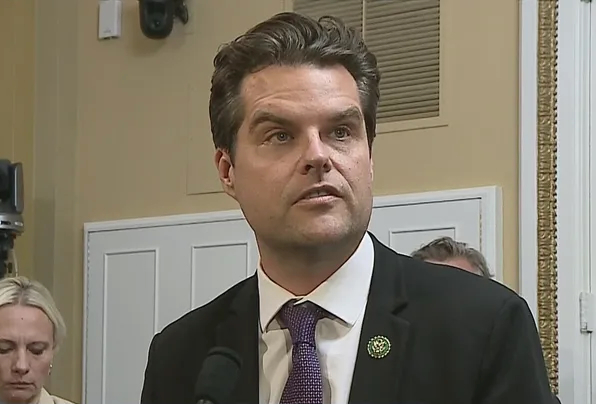This month, the New Teacher Center released results from the 2018 North Carolina Teacher Working Conditions Survey. The survey is conducted every two years and captures the opinions of most educators in the state. This year, nearly 96,000 teachers or 88 percent of the teacher workforce participated.
The survey focuses on eight themes, including the use of time, facilities and resources, community support and involvement, managing student conduct, teacher leadership, school leadership, professional development, and instructional practices and support. Overall, 87 percent of educators agreed that their school “is a good place to work and learn.”
Some may be surprised to hear that most teachers in the state are content with working conditions in their schools. After all, thousands of teachers walked out on their students and traveled to Raleigh on May 16 to demand that Republican lawmakers “respect” teachers by spending more money on schools. As one of their prepared chants put it, “What do we want? FULL FUNDING! When do we want it? NOW!” It is hard to square the overbearing and often acrimonious rhetoric of the walkout with top-line results from the Teacher Working Conditions Survey.
The New Teacher Center, which administers the survey, argues that the results do not reflect the “the morale of teachers or their happiness with specific policies” but instead whether “working conditions in their school that support effective teaching.” This warning was added to New Teacher Center presentations after the election of a Republican legislative majority in 2010, likely as a way to mitigate the stark differences between the survey results and the increasingly vocal critics of Republican lawmakers.
I suspect that teachers who have taken the survey since its rollout in 2002 have answered questions based on their satisfaction or dissatisfaction with specific policies, rather than the relationship between the working condition and effective teaching. For most questions, researchers provide respondents with a Likert scale with five choices: agree, disagree, strongly agree, strongly disagree, and don’t know. Choices of that type are designed to measure the intensity of their feelings toward the statement provided. If researchers truly wanted to measure the degree to which the working condition supported effective teaching, they would have employed a different range of responses, such as “supports” and “does not support.”
Methodological and interpretive issues aside, the survey results offer practical insight into the moving parts of the teaching profession. For example, when asked about the aspect of teaching conditions that most affect their willingness to keep teaching at your school, 30 percent of teachers selected “school leadership.” The “use of time” and “instructional practices and support” were at 15 and 14 percent, respectively. Only 10 percent of respondents selected “facilities and resources” as the primary retention factor. Accordingly, if we want to keep teachers in the classroom, we need to ensure that schools employ top-notch principals and assistant principals who understand how to allocate scarce resources to teachers efficiently and effectively.
In terms of facilities and resources, 75 percent of teachers agree or strongly agree that they have sufficient access to appropriate instructional materials. Eighty percent report having sufficient access to instructional technology, including computers and software. Moreover, 81 percent say that they have sufficient access to office equipment and supplies, including copy machines, paper, and pens. These percentages varied little from the 2016 survey, which also found that most teachers have the instructional and technological resources that they need to be successful in the classroom.
The most significant changes in the last two years were the student conduct results. The percentage of teachers who agree or strongly agree that students follow rules of conduct dropped from 70 percent to 65 percent. The percentage of teachers who believe that their school environment is safe dropped from 93 percent to 89 percent. There was a three-percentage-point drop in the number of teachers who say that school administrators enforce rules for student conduct. These results trigger some critical questions. Are there rules or practices that are leading to a perceived uptick in student misbehavior? Are school discipline policies supporting classroom instruction? Is this an aberration or the start of a trend? For the sake of improving teacher working conditions and raising student achievement, these are questions that deserve an answer.
In my experience, few people question the importance of teacher working conditions. The problem is that working conditions too often get overshadowed by incessant debates over teacher compensation and spending. While financial resources are a component of working conditions, the Teacher Working Conditions Survey suggests that factors related to leadership and school culture should receive more attention. Then again, issues such as leadership and school culture don’t resonate with potential voters, play as well on television, or fit neatly into a chant.


